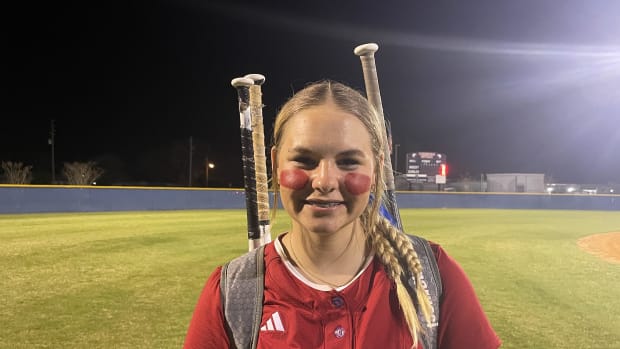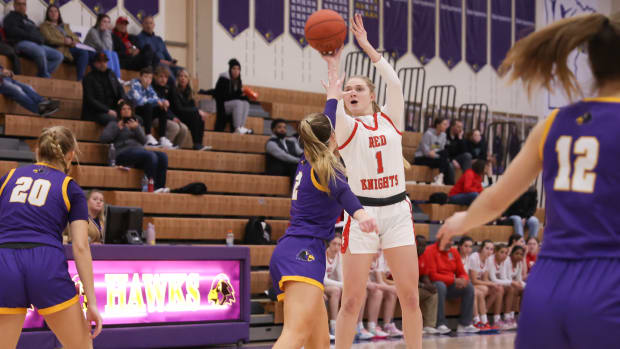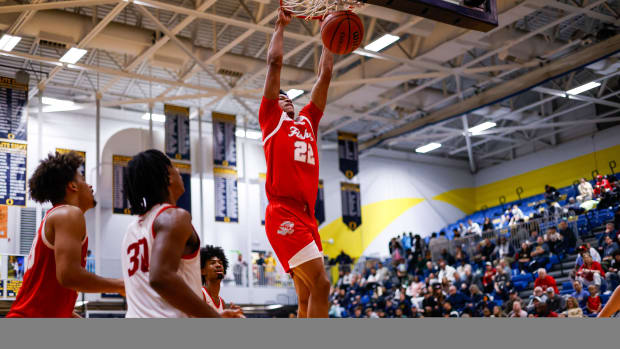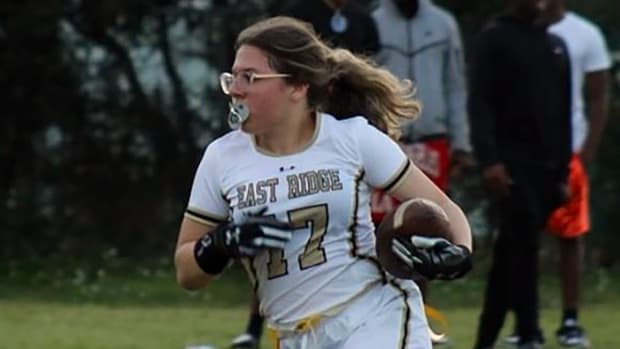3A/4A Washington high school basketball state championships will not be televised for first time in nearly 40 years
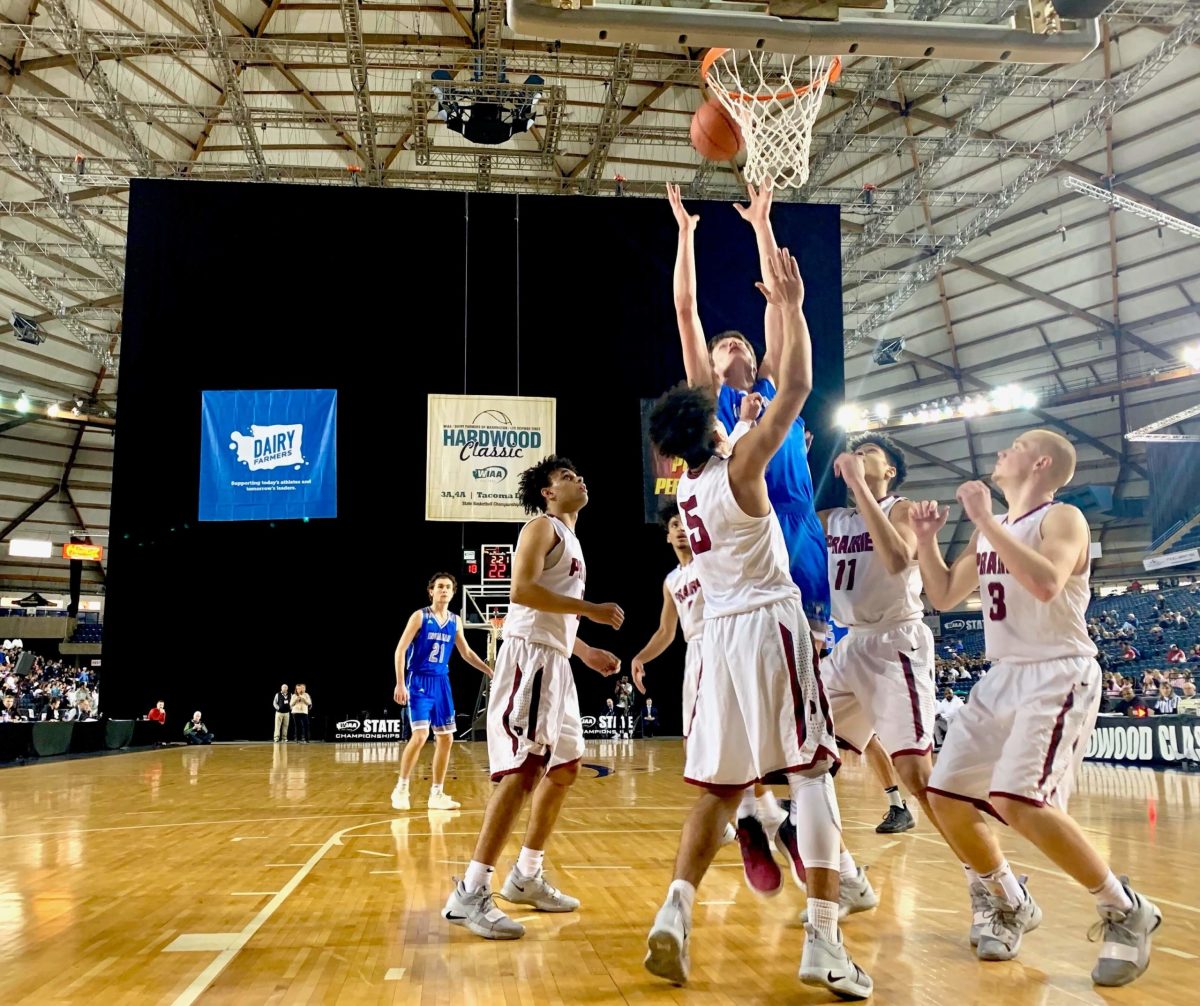
BY ANDY BUHLER AND TODD MILLES
The 2020 WIAA Hardwood Classic will not be broadcast on ROOT Sports Northwest, marking a break in the nearly 40 years the 3A and 4A boys and girls basketball championships games have been on television.
The title games, which were first televised in 1981, will be streamed exclusively on the NFHS Network, a subscription service arm of the National Federation of High School Sports.
The move, ROOT Sports and the WIAA insisted, doesn’t mark the definitive end of the regional sports network televising high school sports in Washington. But it signals the effect of the rise in prominence of streaming services, in sports and otherwise, and its impacts on broadcast television networks.
“Basically, we just can’t continue to underwrite the expenses of production to do these games,” ROOT Sports general manager Mark Jorgensen said. “We’ve never had a breakeven when we’ve done this, ever, for the last 20 years. That’s something that when you’re under budget restraints we’ve got to take a look at.”
Jorgensen informed WIAA executive director Mick Hoffman in January, as the regional broadcast network was projecting to lose money from the cost of production.
Every state basketball championship game across all classifications will be streamed on the NFHS Network. A NFHS subscription costs $10.99 per month, or $69.99 for an annual subscription. The NFHS Network has streamed playoff games across every classification in recent years. ROOT Sports gave the NFHS its stream, too, so viewers outside its market could watch the games.
The 1B and 2B state basketball tournaments have been televised locally in Spokane on SWX in the past, though it has not yet released its broadcast schedule for those days.
The first televised state championship was on Seattle station KOMO in 1981, and it included a game to remember: Shadle Park’s controversial win over Mercer Island on a last-second game-winning shot, which many disputed didn’t leave the player’s hands in time.
In the ensuing years, the game traded hands between local stations to KIRO channel 7 in Seattle, before being picked up by Prime Sports, a regional outlet that became Fox Sports Northwest and, eventually, ROOT Sports Northwest.
Hoffman said the news didn’t come as a shock based on prior conversations with ROOT Sports. In the fall, ROOT televised several regular season high school football games, as well as the 2A and 3A state championship games.
Whether or not the regional network will broadcast the high school football championships in 2020 has yet to be determined, but both parties said no doors have been closed.
“The WIAA is a class organization,” Jorgensen said. “We’re proud to have been working with them for so long. You never know what’s down the road. But we wish them the best.”
Added Hoffman: “I know if it was up to (Jorgensen) and he had the funding, he'd definitely do it, but we're just in a situation where it doesn't pencil out.”
The WIAA reached out to local TV stations in Seattle and Tacoma to gauge interest in picking up the game.
“We’re interested in talking to anybody who wants to put any of our kids on TV,” Hoffman said.
Jorgensen said cable television has strayed increasingly further from the high school sports market across the country, and outside of a few anomalies such as Texas, Washington was one of the last places to televise high school sports regularly.
“Even in Montana, where it’s really big, it’s just tough to do. And for a regional sports network, it’s a very community-specific type of programming and very myopic in its distribution,” Jorgensen said. “For example, I mean if it’s the state of Washington, we’re a five-state regional network — Montana, Alaska, Idaho, Oregon, Washington.
“It’s a tough one because if you look at the ratings, there are no ratings. It’s really for the people that are participating in it.”
The NFHS Network is owned by the National Federal for State High School Association’s 51 member states, and 45 of those are contracted to stream postseason events and state championships. The Network, which was founded in 2013, produces more games each year across the country, albeit at a lower production value than networks like ROOT. It is set to stream 150,000 live events across 27 different sports and activities.
The NFHS is headquartered in Indianapolis and was structured after the Big Ten Network, where state associations receive an annual fee for postseason championship rights, as well as a revenue share from subscriptions and advertising.
“Washington is one of our top-10 states in the country when it comes to overall subscriptions and eyeballs in terms of subscribers that come to the network itself. (WIAA) has done a phenomenal job,” NFHS Network CEO Mark Koski said Thursday. “This will only cement their place more, because they'll have more coverage to bring more fans.”
The WIAA receives around $50,000-60,000 per year, and that number is continuing to increase, according to Hoffman.
“It’s an asset we put right back into our sports programs,” Hoffman said.

